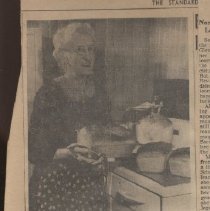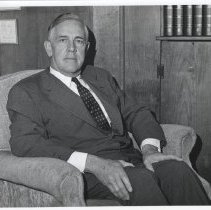Person Record
Metadata
Name |
Paull, Richard |
Related Records
-

-
2005.122.097 - Aerial photo showing Westport Point, probably WWII era military photo taken before Rt. 88 was built. Shows old Point Bridge at Westport Point 10'' by 10'' photo cracked and rolled, taped together with black tape.
Westport Point
Record Type: Photo

-
2006.055.015 - Westport Community Honors Mrs. Charles M. Robbins, 80 at a party given by her daughter.
Westport Point
Record Type: Archive

-

-

